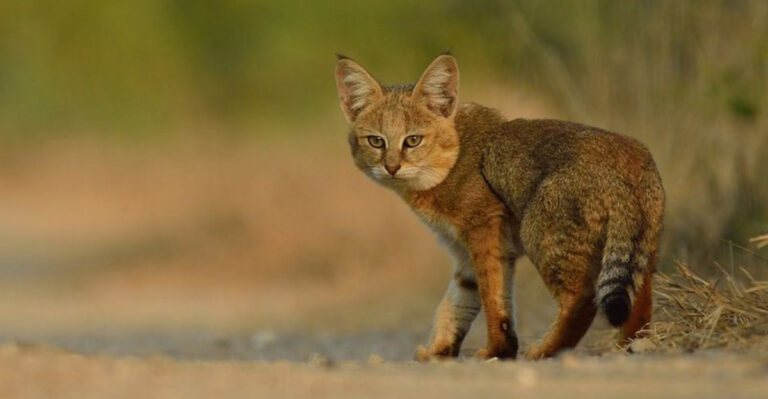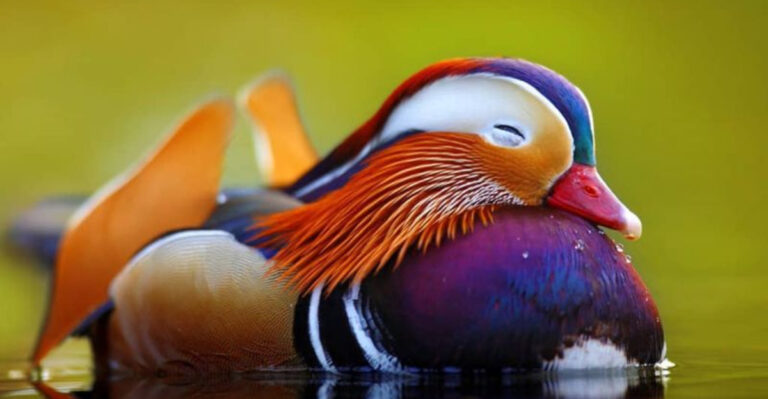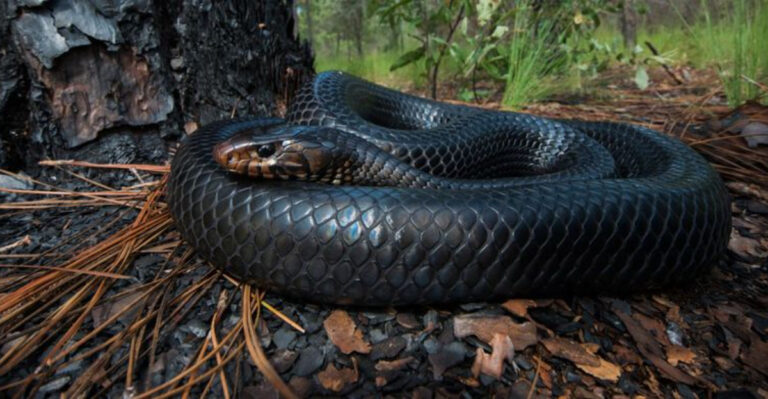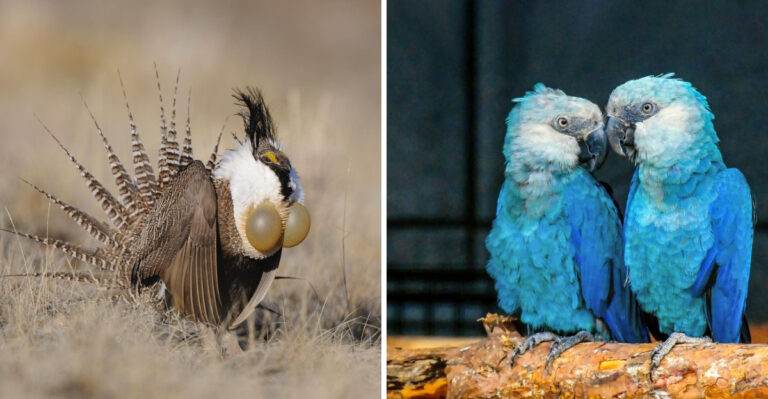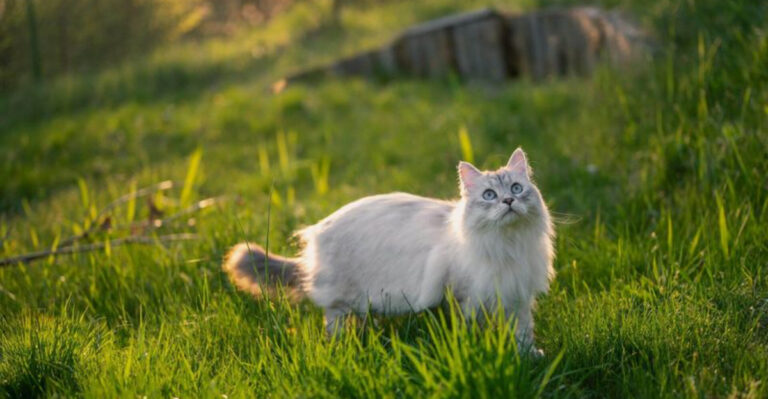12 Big Cat Species And Their Fascinating Social Dynamics
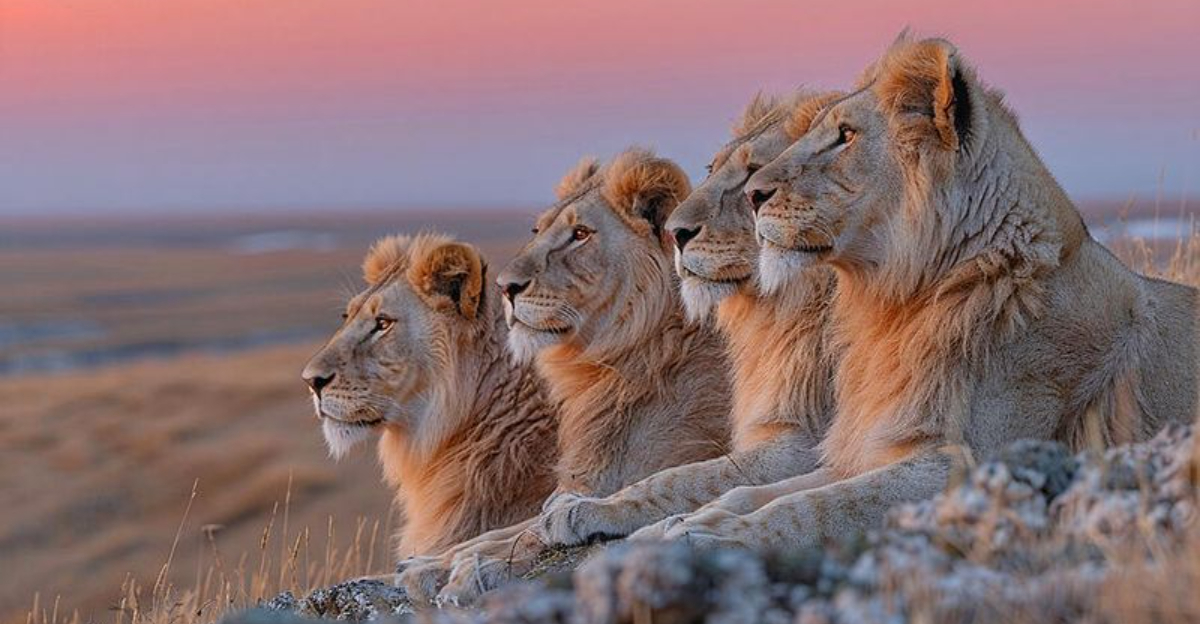
Ever wondered how big cats, the kings and queens of the jungle, interact with their kin? From the solitary tiger to the social lion, each species has its unique way of communicating and living with others.
Let’s dive into a world where roars, purrs, and silent gazes rule the day. These magnificent creatures each have their unique quirks that make them fascinating subjects to explore.
1. Lion
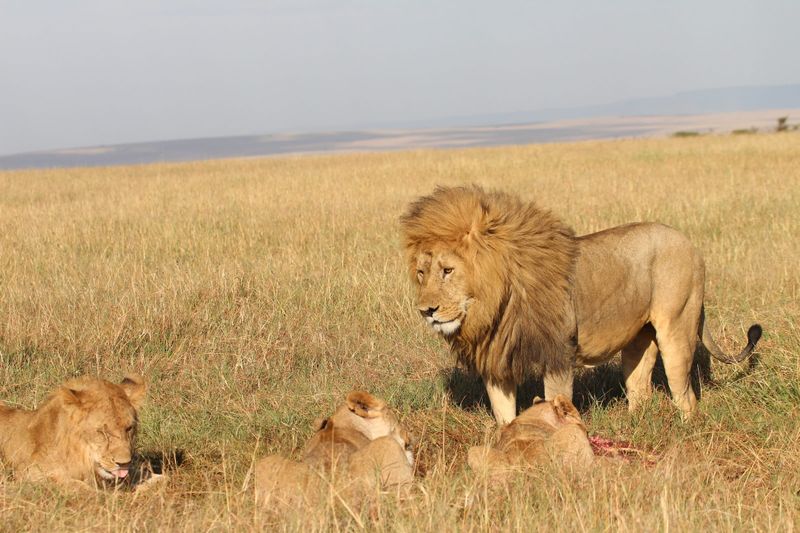
With a roar that echoes across the savanna, the lion is the ultimate socialite of the big cat world. Lions live in prides consisting of related females, their offspring, and a few males. This communal living allows for cooperative hunting and protection.
Lionesses are the primary hunters, working together to take down prey much larger than themselves. The males, though often seen lounging, play a crucial role in defending territory from rival prides.
Did you know that lion cubs are raised by the entire pride? It’s all about teamwork when it comes to survival in the wild.
2. Tiger
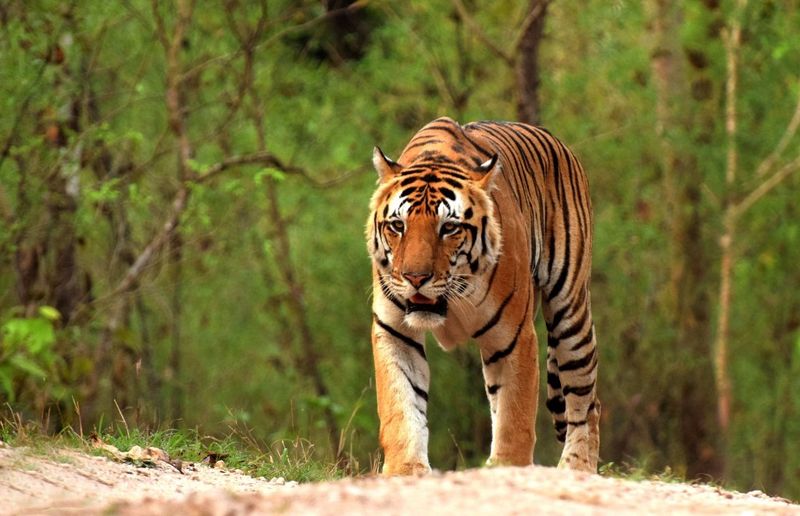
Tigers are the mysterious loners of the big cat family. Unlike lions, they prefer solitude, ruling over vast territories alone. A tiger’s roar can be heard up to two miles away, a chilling declaration of dominance.
Each tiger maintains a territory, marked by scent markings and scratch marks on trees. These boundaries are respected by other tigers, preventing unnecessary conflicts.
Mother tigers are fiercely protective, nurturing their cubs until they are mature enough to survive on their own. With their solitary nature, tigers embody the essence of independence and strength.
3. Leopard
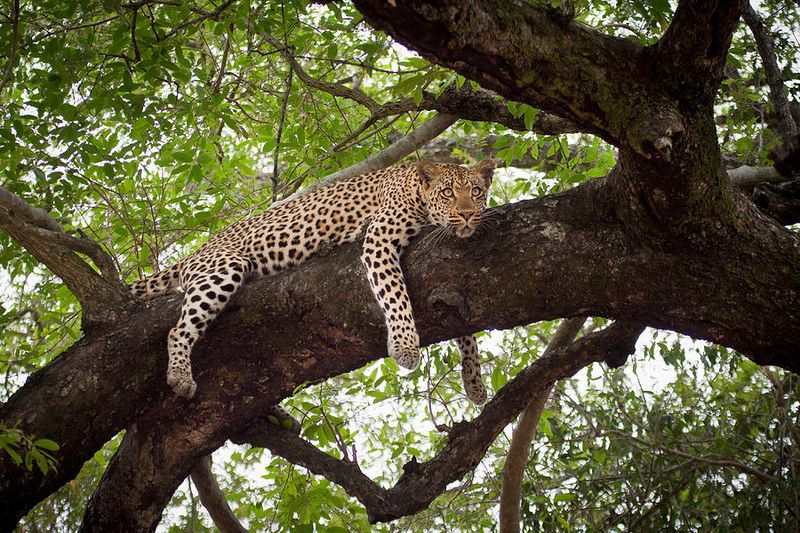
Leopards are the stealthy athletes of the big cat world. Known for their climbing prowess, they often drag their prey up into trees to keep it safe from scavengers. These elusive creatures prefer a solitary existence, similar to tigers.
Their adaptability to various environments, from the African savanna to Asian forests, has made them one of the most widespread big cats. Leopards are also known for their impressive ability to camouflage.
Their rosettes blend seamlessly with the foliage, making them masters of disguise. This skill helps them ambush prey with precision and stealth.
4. Cheetah

Cheetahs are nature’s speedsters, built for ultimate velocity. Unlike other big cats, they rely on sheer speed, reaching up to 60-70 mph, to catch their prey. This makes them unique among their larger cousins.
Interestingly, cheetahs are daytime hunters, relying on their keen eyesight to spot prey from a distance. They often hunt alone but can also be seen in small groups, especially siblings from the same litter.
Their social structure is fascinating, with males sometimes forming coalitions to defend territory, while females remain solitary, raising their young alone.
5. Snow Leopard
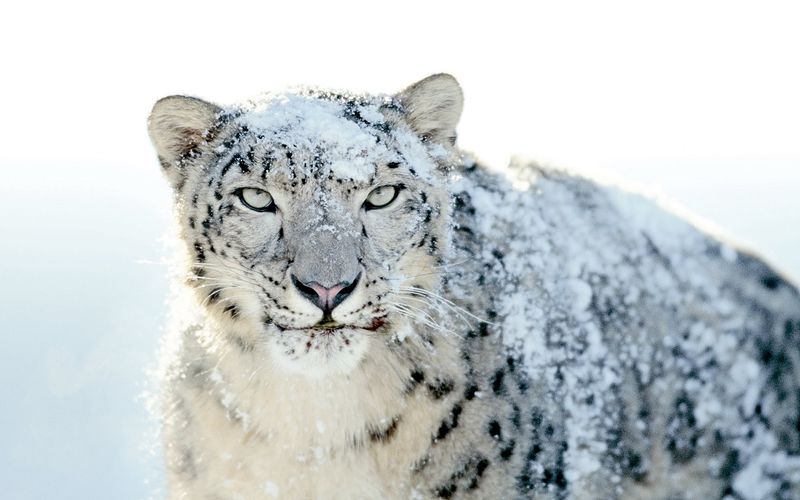
The elusive snow leopard is a master of high-altitude survival, residing in the cold, rugged mountains of Central Asia. Their thick, smoky-gray fur and long tails make them perfectly equipped for their icy environments.
Unlike other big cats, snow leopards are not territorial. They roam vast areas in search of prey, relying on their exceptional climbing skills to navigate steep terrain.
These solitary cats are rarely seen together, except during mating season or when a mother is raising her cubs. Their unique adaptations and mysterious nature make them a symbol of wilderness conservation.
6. Jaguar
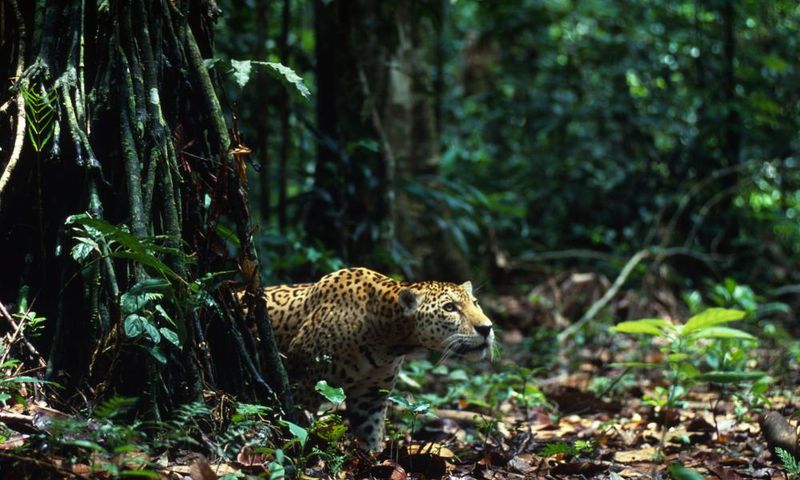
Jaguars are the undisputed rulers of the South American rainforest. With a bite force that can crush turtle shells, they are formidable predators. Unlike other big cats, jaguars enjoy swimming, often hunting in water.
Their territories are as diverse as their diet, including deer, capybara, and even caiman. Jaguars are generally solitary, coming together only for mating.
These nocturnal hunters rely on stealth and strength, navigating the dense jungle with silent grace. Their unique rosette patterns and powerful build make them one of the most awe-inspiring big cats.
7. Cougar (Puma)
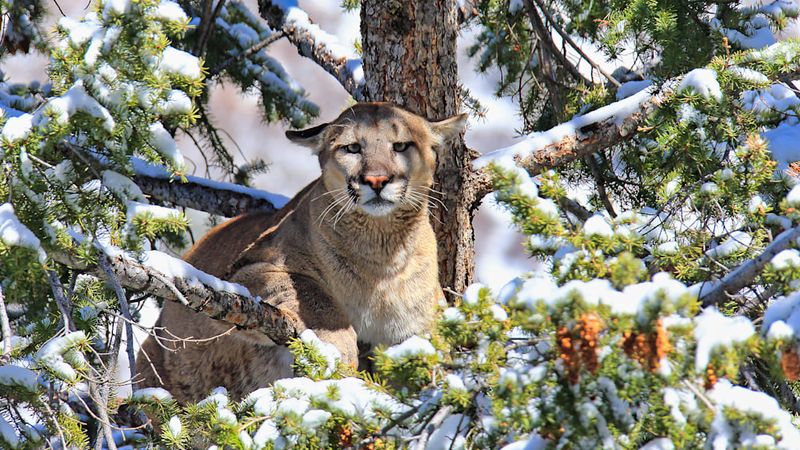
Cougars, also known as pumas, are adaptable survivors found from the Canadian Yukon to the Andes in South America. These versatile cats prefer solitude, with territories that span vast areas.
Their incredible adaptability allows them to thrive in various habitats, from forests to deserts. Cougars are efficient hunters, using stealth and agility to ambush prey, primarily deer.
Unlike other big cats, they cannot roar. Instead, they communicate through purrs, growls, and chirps. Despite their solitary nature, mothers are devoted caregivers, nurturing their kittens with great care.
8. Lynx
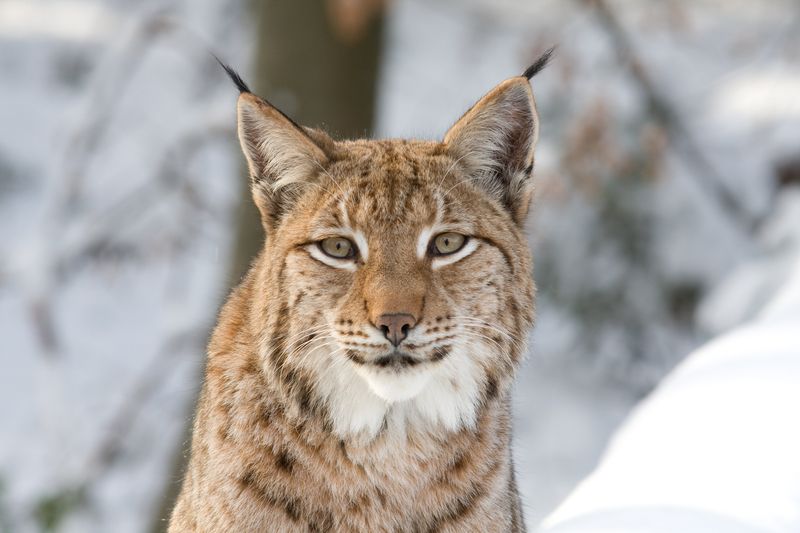
The lynx, with its tufted ears and short tail, is a phantom of the forest. Found in the boreal forests of North America and Eurasia, these medium-sized cats are solitary by nature.
Their excellent hearing and sharp eyesight make them adept hunters, primarily targeting small mammals like hares. Lynxes are known for their remarkable ability to move silently through the snow.
Their thick fur provides insulation against the cold, and their large, padded paws act like snowshoes. These adaptations make them perfectly suited to their wintry homes, embodying the spirit of the wilderness.
9. Clouded Leopard
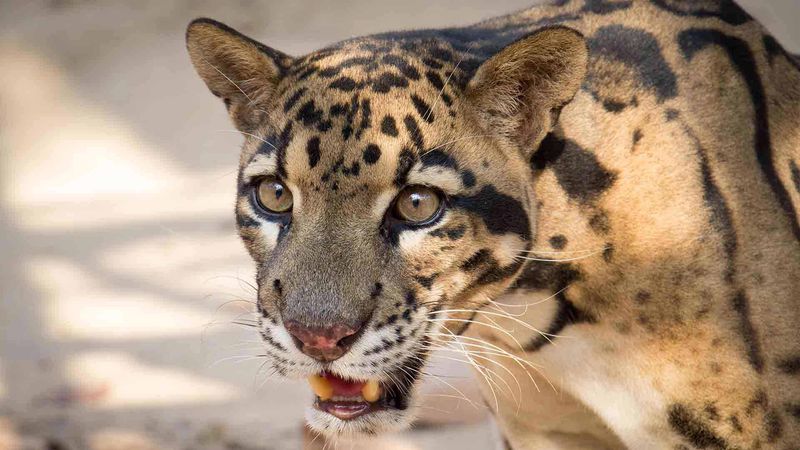
Often dubbed the acrobat of the cat world, the clouded leopard is known for its climbing ability. Native to Southeast Asia’s dense forests, they have unique cloud-like spots on their fur.
Clouded leopards are adept climbers, using their long tails for balance. They can climb down trees headfirst, a skill few cats possess. Their broad paws and sharp claws help them navigate the canopy with ease.
These elusive cats are solitary, with little known about their social interactions. Their arboreal lifestyle and mysterious nature add to their allure and conservation importance.
10. Caracal

The caracal is a graceful jumper, known for its remarkable ability to leap into the air to catch birds in flight. Found in Africa and parts of Asia, these cats have striking ear tufts and a sleek appearance.
Caracals are solitary hunters, often targeting small mammals and birds. Their powerful hind legs allow them to spring high, making them agile predators.
Besides their hunting prowess, caracals are known for their adaptability, thriving in various habitats from savannas to deserts. Their enigmatic nature and athletic ability make them captivating creatures in the wild.
11. Serval
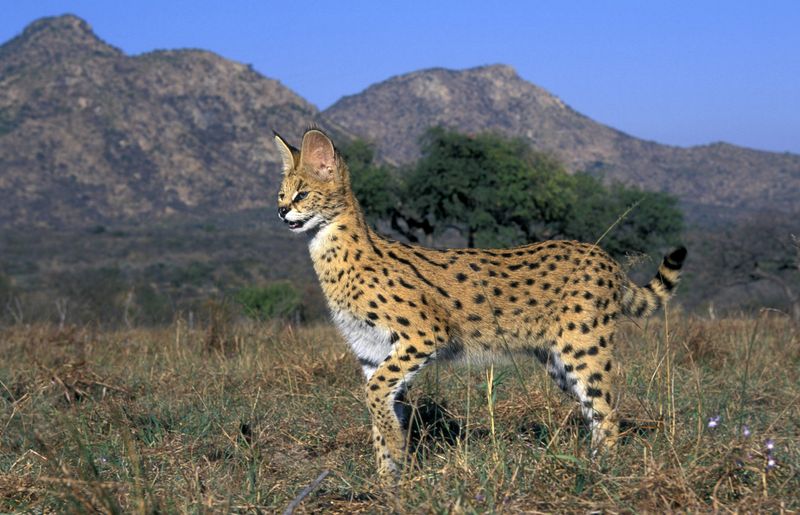
The serval is nature’s detective, equipped with long legs and oversized ears, making it an expert at locating prey in the tall grass. Native to Africa, servals are known for their impressive leap, capturing birds and rodents with precision.
These solitary cats are most active at dawn and dusk, relying on their acute hearing to detect the slightest rustle. Their spots provide excellent camouflage against the grass.
Servals are solitary, with territories marked by scent. Despite their elusive nature, their distinctive appearance and hunting skills make them a fascinating study in adaptability.
12. Ocelot
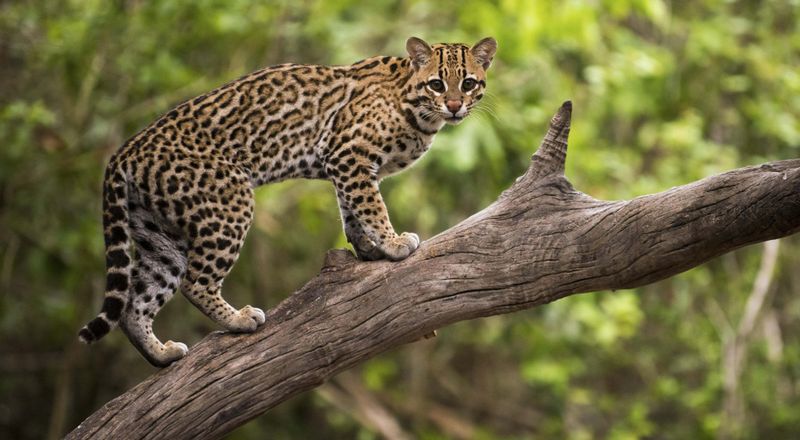
The ocelot, with its striking dappled coat, is a creature of the night. Found in the tropical forests of South and Central America, these small cats are expert climbers.
Ocelots are solitary hunters, preying on small mammals, birds, and reptiles. Their keen senses and agility make them formidable nocturnal predators.
Despite their solitary nature, ocelots are known for their distinct vocalizations, using meows and growls to communicate. Their beautiful pattern and secretive lifestyle make them a captivating part of the jungle’s mystery.

